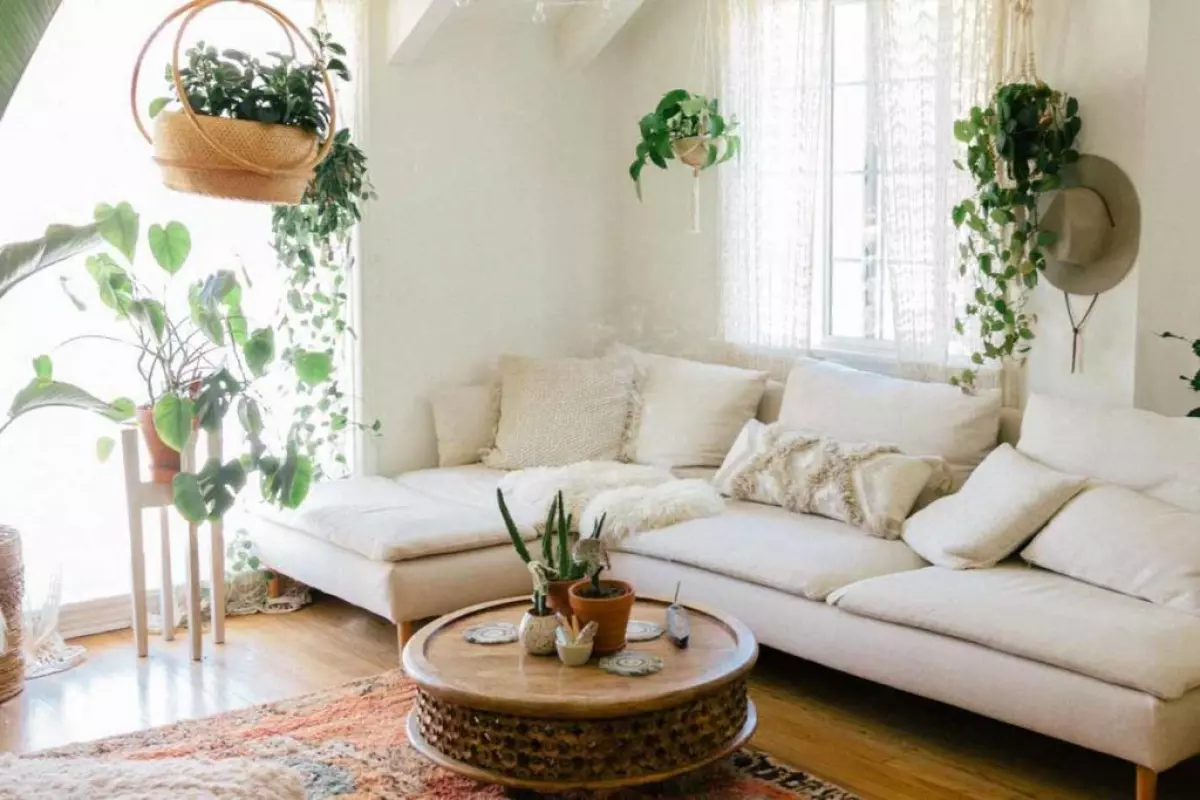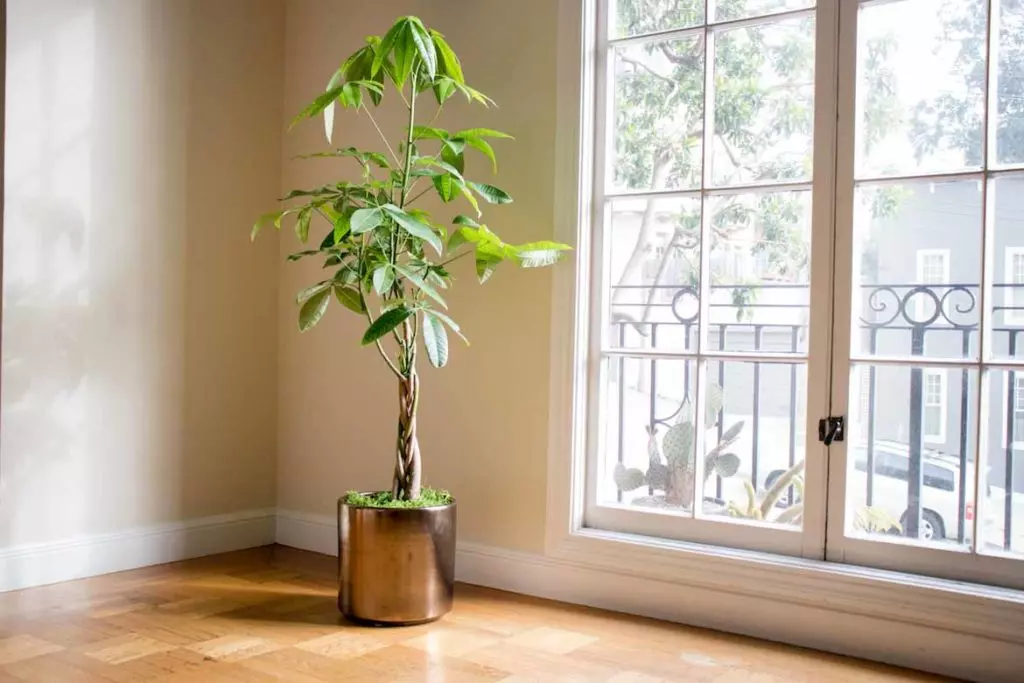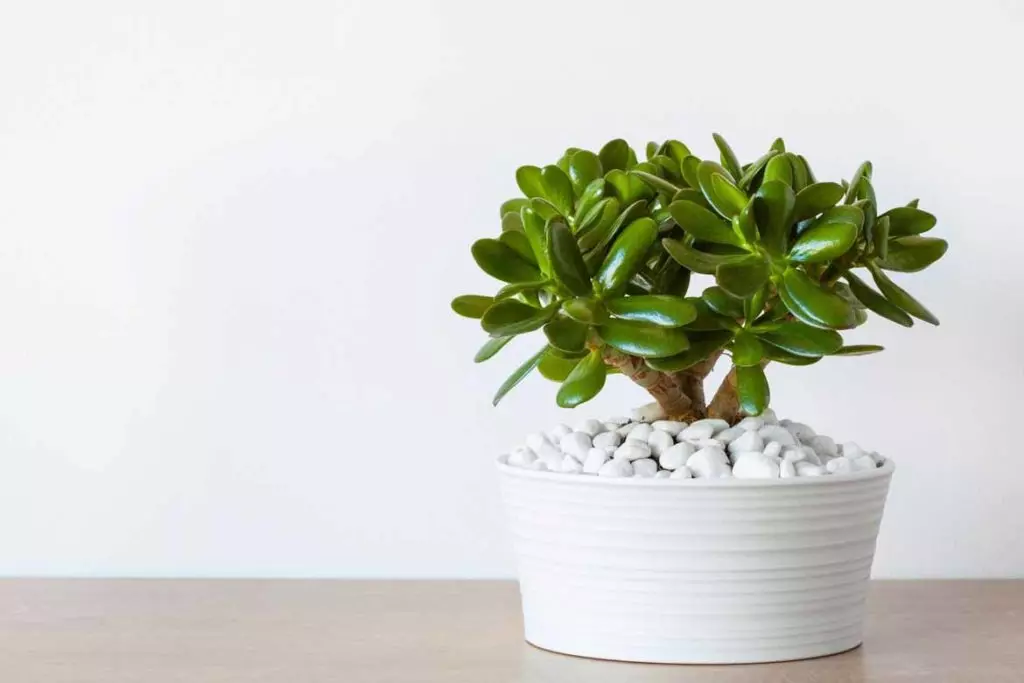Introduction
Have you ever heard of the money tree? Also known as the good luck tree, the Jade Plant, or the Feng Shui money tree, this plant is believed to bring wealth and prosperity to those who cultivate it. But what exactly is a money tree? In this article, we will explore the different types of money plants and their significance in Feng Shui.
The Different Types of Money Plants
Jade Plant (Crassula Ovata)
The Jade Plant, commonly known as the money tree, is the most popular and recognizable money plant. Its leaves resemble small coins, which is why it is associated with wealth. The Jade Plant, with its low maintenance requirements, is perfect for indoor decoration and is highly valued in Feng Shui practices.
Pilea Peperomiodes (Coin Plant/Chinese Money Plant)
Similar in appearance to the Jade Plant, the Pilea Peperomiodes has rounded leaves that resemble circular coins. This traditional money plant is widely used in Feng Shui decoration and is believed to attract good luck and fortune.
Pachira Aquatica (Money Tree)
The Pachira Aquatica, also known as the money tree, is a low maintenance plant with multiple stems that are often braided together. In Feng Shui, three braided stems symbolize new beginnings, while five represent the five Chinese elements. The money tree holds great cultural significance as a symbol of wealth and prosperity.
 Caption: Enhance your living room with money plants for good luck and positive energy.
Caption: Enhance your living room with money plants for good luck and positive energy.
Money Plant Feng Shui
The symbolism behind money plants is rooted in their appearance. According to popular belief, the act of growing another plant from a cutting of a money plant diminishes its power. This has led to the tradition of gifting money plant cuttings as a representation of sharing wealth. It is believed that growing your own money plant from a gifted or stolen clipping increases your likelihood of gaining wealth.
In Feng Shui, money plants are believed to attract wealth and prosperity. To enhance their positive energy, they should be placed in the southeastern area of your home, which is associated with wealth in Feng Shui. If your house is not facing the South, make sure to position your money plant or money tree in the southeastern corner of the room. Additionally, money trees are commonly placed near areas where wealth is likely to cross your mind, such as office desks, front doors, and entryways.
How to Choose the Right Money Plant for Your Home
When selecting a money plant, consider various factors that suit your home and personal preferences. Some key considerations include:
- Maintenance requirements of the plant
- Lighting conditions in your home (e.g., full of light or low light)
- Cost of the plant and its specific needs
- Your lifestyle and frequency of absence
- The type of energy you want to attract
- The decor style of your home
- The importance of air purification for you
To determine which money plant is best suited for your home, let's delve into the characteristics of each type.
How to Grow Money Plants
Pothos
 Caption: Pothos, also known as Devil's Ivy, is a fast-growing money plant.
Caption: Pothos, also known as Devil's Ivy, is a fast-growing money plant.
- Sunlight: Thrives in bright, indirect light. Avoid direct sunlight, as it can cause the leaves to burn.
- Water: Water when the top half of the soil has dried out. Adjust watering frequency based on light exposure.
Swiss Cheese Money Plant
 Caption: Bring good financial luck with the Swiss Cheese money plant.
Caption: Bring good financial luck with the Swiss Cheese money plant.
- Sunlight: Prefers bright, indirect light. Avoid excessive direct sunlight.
- Water: Keep consistently moist (not wet). Test the soil's dryness by inserting a finger into the pot.
Money Tree (Pachira Aquatica)
 Caption: Enhance your home's energy with a money tree.
Caption: Enhance your home's energy with a money tree.
- Sunlight: Prefers bright, indirect sunlight. Protect the leaves from direct sunlight.
- Water: Water every one to two weeks, allowing the soil to dry between waterings.
Chinese Money Plant (Pilea Peperomiodes)
 Caption: The Chinese Money Plant, a popular choice for attracting good luck and fortune.
Caption: The Chinese Money Plant, a popular choice for attracting good luck and fortune.
- Sunlight: Prefers bright, indirect sunlight. Direct sunlight can harm the plant.
- Water: Light watering each week, ensuring the soil is completely dry between waterings.
Jade Plant
 Caption: The Jade Plant, a low maintenance money plant for prosperity and good luck.
Caption: The Jade Plant, a low maintenance money plant for prosperity and good luck.
- Sunlight: Requires 4-6 hours of direct sunlight daily, with some afternoon shading.
- Water: Water every two to three weeks, allowing the top inches of soil to dry out.
It's important to note that some money plants, like the Jade Plant, can be toxic to pets. Ensure the safety of your furry friends by researching the plants you introduce into your home.
Conclusion
Adding money plants to your home not only enhances its aesthetics but also attracts wealth and prosperity. Whether you choose the Jade Plant, Pilea Peperomiodes, Pachira Aquatica, or other money plants, their presence is believed to bring good luck and positive energy. Consider the specific care requirements of each plant and find the one that best suits your home and lifestyle. Embrace the power of Feng Shui and let money plants transform your living space into a hub of abundance and prosperity.
Disclaimer: The information provided in this article is for informational purposes only. Consult with a professional before making any significant changes to your home decor or Feng Shui practices.













